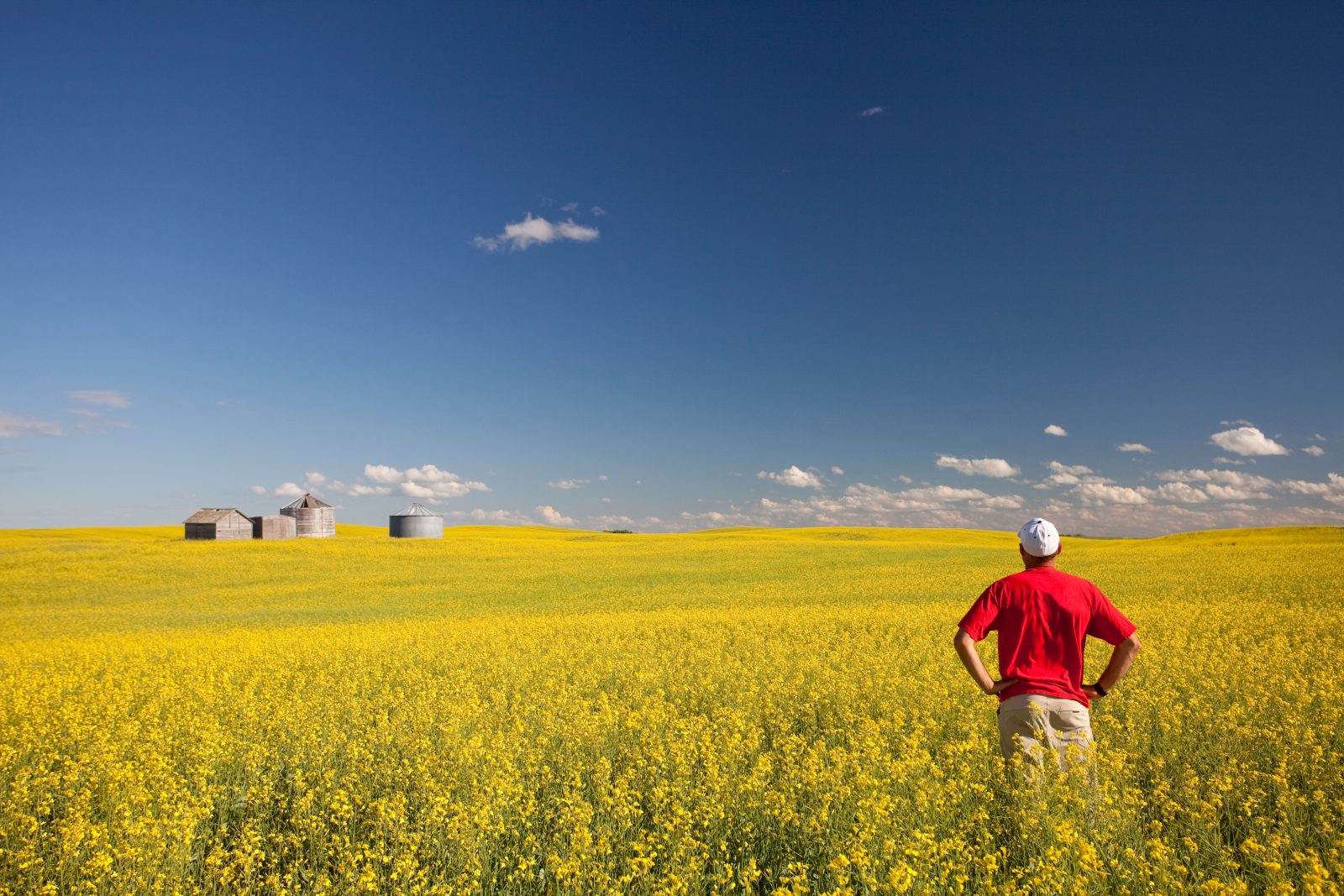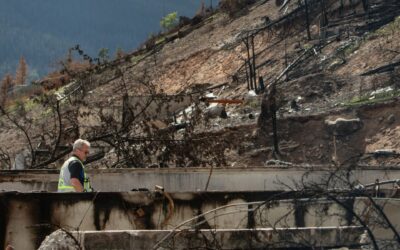A recent study on the global economic impacts of climate change by Moody’s concluded that Canada could be a “climate winner”: one of few countries that might benefit from a warming world. According to Moody’s, Canada’s GDP could increase by up to 0.3 per cent—about $9 billion per year—by the middle of this century. Other studies cite expanded farmland, increased economic productivity, and a decrease in cold-related deaths as potential benefits. Such findings have fuelled claims that investing in reducing greenhouse gas emissions here at home is a waste of money.
Some of this is true, but it’s not the whole story. Canada will probably fare better than other countries. But it’s not accurate to say the country will benefit from climate change. We need to examine both the small details and the big picture to see what these studies are leaving out.
What’s included?
Studies that project Canada as a “climate winner” often fail to consider the complexity of how climate change may play out across sectors, places, time horizons and even other ways of measuring prosperity.
Macroeconomic modelling studies of the economic effects of climate change can leave a lot out, often making highly simplified assumptions about the relationship between global warming and economic impacts that are essentially arbitrary. Moody’s study, for example, does not include the costs of climate change impacts such as more extreme and unpredictable weather. But the costs of weather-related disaster relief and rebuilding are projected to be enormously expensive. Floods, for instance, could cost Canada $17 billion annually by 2050. Excluding these impacts may dramatically underestimate the true cost of climate change.
Several global agricultural studies predict benefits from climate change for Canada. One model projects the productive value of Canadian prairie farmland could increase by 1 to 4 per cent or up to $4 billion annually. However, these studies are usually highly simplified. They estimate farming benefits based only on projected temperature increases—a reductionist approach that assumes warming temperatures will extend the growing season for key crops and grow the land base available for farming. These studies fail to account for more specific effects of climate change and other factors crucial to the viability and success of agriculture: more frequent extreme weather events, the expansion of pests and diseases, water availability, and soil quality.
Tourism is a Canadian sector projected to see growth thanks to warmer weather. But even within the tourism sector, the story is complicated. Warm-weather activities, like camping and golf, could profit from a longer season, but skiing and other winter sports will take a major hit.
Missing the big picture
Even if a few sectors do profit from climate change, there are far more that won’t. Forestry and timber production could see annual losses of up to $17.5 billion. Industry and manufacturing could experience major business and supply chain disruptions after extreme weather events. And productivity losses could be widespread across many sectors, as warmer temperatures make for less optimal working conditions.
Some studies also don’t model long-term impacts. Climate impacts and costs are projected to be much higher in the second half of the century. A study that doesn’t look past 2050 is leaving out the biggest and most costly impacts.
Finally, most economic studies use GDP as the metric to measure the costs and benefits of climate change. GDP is one measure of prosperity, but it’s incomplete. In some cases, disasters can temporarily increase GDP from the money spent on clean up and recovery, but that’s not how we should grow our economy. GDP also leaves out important aspects of well-being, such as human health, ecosystems, and Indigenous cultural traditions—all of which would suffer from disasters and other climate change impacts. And the economic benefits of climate change-related GDP growth—if any—would likely go to those who are already well off, while disadvantaged populations will bear the brunt of the negative impacts.
Benefits won’t be enough to balance the books
More parts of the country and more sectors will be harmed than helped by climate change, even if some projected benefits turn out to be true. Canada may be less impacted by climate change than other parts of the world. But this is no reason to stop reducing emissions and adapting to a changing climate.
What would be a more nuanced (and accurate) view of Canada’s future? It would involve developing better methods for understanding how climate change will impact Canada, for a start. Better data that is location-specific can help Canada avoid some of these costs entirely, and help brace for those it can’t. Our report, Tip of the Iceberg, provides an introduction to the known and unknown costs of climate change for Canada. And forthcoming reports will dig deeper into those costs, including on health, infrastructure, the North, and the national economy.








